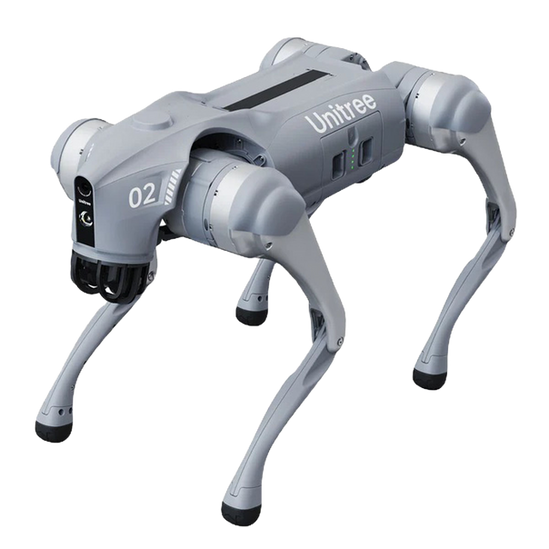Environmental Monitoring
The use of drones to monitor environmental conditions such as air quality, water levels, and wildlife habitats.
Environmental monitoring systems play a critical role in tracking the health of our environment, ensuring public safety, and guiding policy decisions. This article breaks down essential terminology and concepts, making this important field accessible to both beginners and experts alike.
What are Environmental Monitoring Systems?
Environmental monitoring systems are frameworks designed to observe, record, and assess environmental conditions over time. These systems rely on data collection tools and technologies to measure variables like air and water quality, radiation, soil composition, and ecosystem health. Technology plays a central role, with sensors, satellites, and remote systems automating much of the monitoring process.
Key Terms in Environmental Monitoring Understanding environmental monitoring begins with grasping the core vocabulary. Key terms include:
Data collection: The process of gathering environmental data through sensors, manual sampling, or automated tools.
Analysis: Interpreting collected data to detect patterns or anomalies.
Accuracy and reliability: Crucial factors that determine the credibility of data and outcomes.
Instruments: Devices such as air quality monitors, water sensors, and satellite imaging tools used to capture data.
Types of Environmental Monitoring Systems Environmental monitoring systems can be passive or active:
Passive systems collect data without interaction, such as pollutant accumulation on surfaces.
Active systems use powered instruments like real-time air quality sensors. Different monitoring focuses include:
Terrestrial: Monitoring soil, vegetation, and land usage.
Aquatic: Observing water quality in lakes, rivers, and oceans.
Atmospheric: Tracking air pollutants, weather patterns, and greenhouse gas emissions.
Applications of Environmental Monitoring Systems These systems are vital in:
Public health: Early detection of hazardous conditions (e.g., pollution spikes).
Climate change research: Long-term tracking of environmental shifts.
Conservation: Supporting biodiversity protection and sustainable practices.
Challenges in Environmental Monitoring Several issues hinder effective monitoring:
Data quality and consistency: Inaccurate or inconsistent data limits insights.
Technological limitations: Older tools may lack precision or adaptability.
Lack of standardization: Differing methodologies across regions affect comparability.
Future Trends in Environmental Monitoring Innovations are driving change:
AI and IoT: Enable real-time, predictive monitoring.
Citizen science: Crowdsourced data expands reach and public engagement.
Standardization and integration: Efforts are growing to unify data protocols and systems.
Understanding environmental monitoring systems is crucial for public health, sustainability, and informed decision-making.














